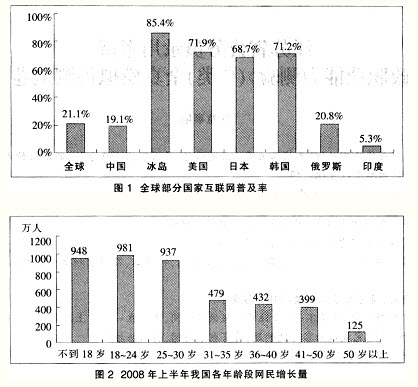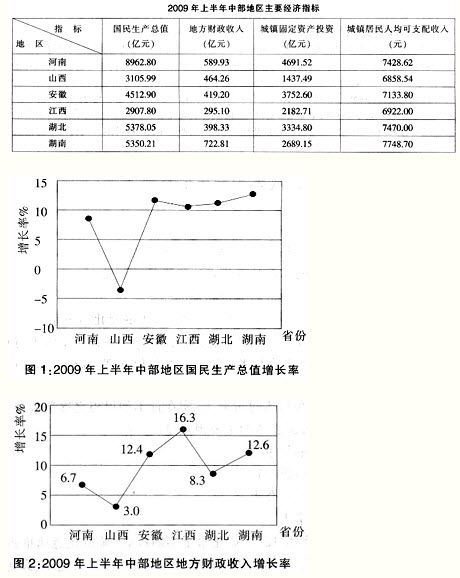
下载APP

【简答题】


The term "formal learning" is used in this paper to refer to all learning
which takes place in the classroom, without regard to such learning is (1)______
performed by conservative or progressive ideologies. "In formal learning",
on the other hand, is used to referring to learning which takes place outside (2)______
the classroom.
These definitions provide the essential, though by all means sole, (3)______
difference between the two modes of learning. Formal learning is separated
from daily life and, indeed, as Scribner and Cole(1973.. 553) have observed,
may actually "promote ways of learning and thing which often run counter on (4)______
those nurtured in practical daily life." A characteristic feature of formal
learning is the centrality of activities which are not closely paralleled by
activities outside the classroom. The classroom can prepare for, draw, and (5)______
imitate the challenges of life outside the classroom, but it cannot, by its
nature, consist of these challenges.
In doing this, language plays a crucial role as the major channel for
information exchange. "Success" in the classroom requires a student to
this abstract signal. As Berstein noted, the language of the classroom (6)______
is more similar to the language used by middle-class families than that used by
working-class families. Middle class children thus find it easier to acquire the
language of the classroom than their working-class peers.
Informal learning is transmitted by teachers selected to conduct this role. (7)______
Informal learning is acquired as natural part of a child’s socialization. s
or older children who are proficient at the skill or activity provide—sometimes (8)______
unintentionally—target models of behavior in the course of everyday activity.
Informal learning, however, can take place at any time and is not subject by (9)______
the limitations imposed by institutional timetabling. (10)______
举报
参考答案:


参考解析:




刷刷题刷刷变学霸
举一反三

【单选题】2009年,全国“31-50岁”的外出农民工约为()。 A.8000万人 B.5000万人 C.3000万人 D.1000万人
A.
2009年度全国“农民工总量”为22978万人,比上年增加436万人。其中“外出农民工”14533万人,比上年增加492万人。在外出农民工中,“住户中外出农民工”11567万人,比上年增加385万人:“举家外出农民工”2966万人,比上年增加107万人。
B.
从输出地看,2009年东部地区农民工10017万人,同比增长3.1%,东部地区农民工占全国农民工总量的比重为43.6%;中部地区农民工7146万人,同比增长0.9%,中部地区农民工占全国农民工总量的31.1%;西部地区农民工5815万人,同比增长1.2%,西部地区农民工占全国农民工总量的25.3%。
C.
从输入地看,2009年在东部地区务工的外出农民工为9076万人,比上年减少888万人,下降8.9%,占全国外出农民工人数的62.5%,比上年降低8.5个百分点;在中部地区务工的外出农民工为2477万人,比上年增加618万人,增长33.2%,占全国外出农民工人数的17%,比上年提高3.8个百分点;在西部地区务工的外出农民工为2940万人,比上年增加775万人,增长35.8%,占全国外出农民工人数的20.2%,比上年提高4.8个百分点。
D.
从性别看,男性外出农民工占65.1%,女性占34.9%。从年龄看,外出农民工以青壮年为主。其中,16-25岁占41.6%,26-30岁占20%,31-40岁占22.3%,41-50岁占11.9%,50岁以上的农民工占4.2%。从婚姻状况看,已婚的外出农民工占56%,未婚的占41.5%,其他占2.5%。
E.
在外出农民工中,文盲占1.1%,小学文化程度占10.6%,初中文化程度占64.8%,高中文化程度占13.1%,中专及以上文化程度占10.4%。高中及以上文化程度比重比上年提高1.7个百分点,占23.5%。分年龄组看,低年龄组中高学历比例要明显高于高年龄组,30岁以下各年龄组中,接受过高中及以上教育的比例均在26%以上,其中,21-25岁年龄组中接受过高中及以上教育的比例达到31.1%。
F.
2009年,外出农民工月平均收入为1417元,比上年增加77元,增长5.7%。外出农民工月均收入在600元以下的占2.1%;600-800元的占5.2%;800-1200元的占31.5%;1200-1600元的占33.9%;1600-2400元的占19.7%;2400元以上的农民工占7.6%。
【单选题】专家分析认为,随着国家调控政策的效果显现,物价上涨过快的势头会得到一定遏制。受到物价上涨的惯性影响,预期2011年初CPI同比可能会继续小幅上涨,全年价格总水平将呈现温和上涨态势。 下列表述,符合上述这段话意思的是( )。
A.
国家采取的调控政策可以保证物价不再上涨
B.
预期2011年中后期CPI将不再上涨
C.
消除了物价上涨惯性的影响,CPI才有可能下降
D.
预期2011年的物价总水平仍然会上涨,但幅度不大
【单选题】2008年上半年的新增网民中,30岁以上者所占的比重约为()。 A.28% B.30% C.33% D.35%
A.
CNNIC于2008年7月发布的《第22次中国互联网络发展状况统计报告》显示,我国网民数达2.53亿,超美国居世界首位。尽管如此,我国互联网普及率只有19.1%,仍然低于21.1%的全球平均水平。与上年同期相比,我国网民人数增加了9100万,是历年来增长最快的一年,同比增长56.2%。仅2008年上半年,我国网民数净增量就达4300万。统计表明,我国网站数量持续增长,截至2008年7月共有网站191.9万个,同比增长率为46.39%;其中CN域名下的网站数为136.9万个。
B.


【单选题】Questions 1 to 5 are based on an interview. At the end of the interview you will be given 10 seconds to answer each of the following five questions. Now listen to the interview. Which of the following...
A.
He will have to pay the cost of medicines.
B.
He will have to pay for the consultations with doctors.
C.
He will have to pay the full cost of all their treatments.
D.
He will have to consult with a doctor’s receptionist before treatment.
【单选题】Questions 9 to 10 are based on the following news. At the end of the news item, you will be given 10 seconds to answer each question. Now listen to the news. What is President Bush’s attitude towards ...
A.
Ambiguous.
B.
Negative.
C.
Apologetic.
D.
Supportiv


